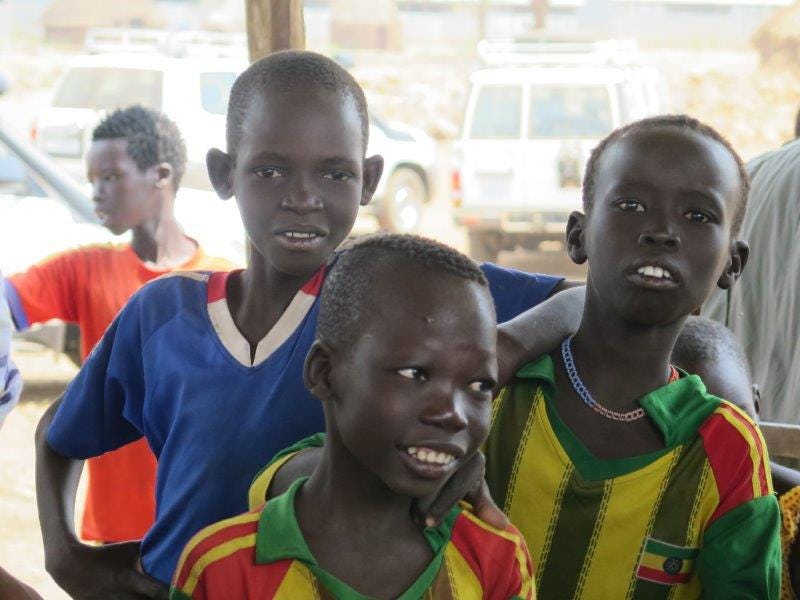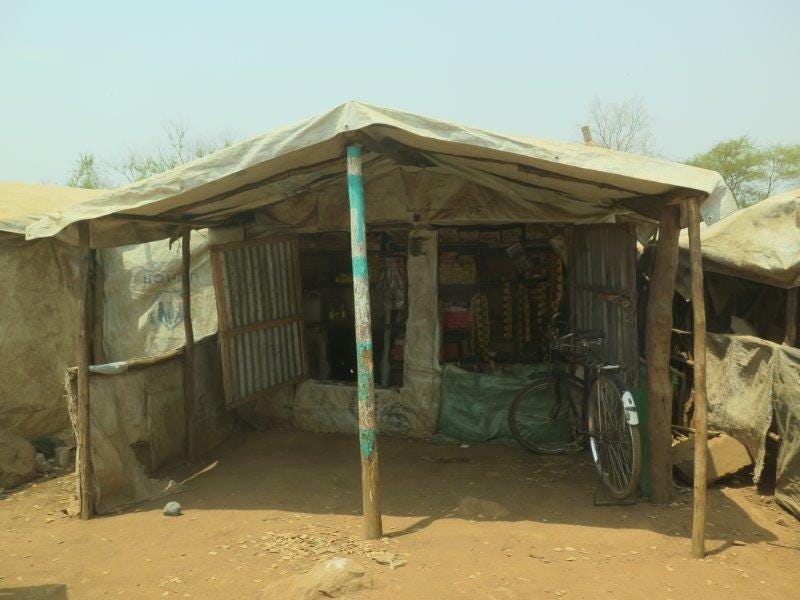
Two years ago, I had the privilege to listen, observe and absorb during a visit to Gambella and Tierkedi in Ethiopia. I was a Mo Ibrahim Fellow in the Office of the Executive Secretary of the Economic Commission for Africa. I had never been to a refugee camp and my understanding was limited to the images and articles I had seen and read. On that day, I stood with refugees.
What I saw was in contrast to the narrative of despair that I thought was associated with refugees. As I walked through the camp, I noticed the sense of community. The white UNHCR (The UN Refugee Agency) labelled tents were not the dominant feature of the landscape. Mud houses were connected to small shops, children were playing. The Ethiopian government authorised refugees to continue their studies. I observed a sense of normalcy amid the underlying challenges. I also saw that in Gambella and Tierkedi, women, children and men were given the opportunity to heal their wounds.

In Africa, there are 16 million Africans that have either been displaced or forced to flee to other countries. If these refugees were citizens of one country, it would be around the population size of Burkina Faso, Malawi, Mali, Senegal, Zambia or Zimbabwe. Refugees in Africa come mainly from Somalia, Sudan, South Sudan, DR Congo and are hosted, in most part, by Ethiopia, Kenya and Uganda. Indeed, despite the concern in some European countries over African newcomers to their regions, most African refugees are hosted in Africa, with 86 per cent living in developing countries.
Many refugees were contributing to their area’s economic transformation before they were forced to flee. Refugees can continue to be economic agents in their new homes, using their skills, creativity and ability to adapt. Tateh Lehbib Breica, for instance, a Sahrawi refugee living in a camp in Algeria is using plastic bottles to build homes, transforming the living condition of the community, just like many governments across Africa seek to build affordable housing. It would not match Ikea’s design but the principle remains the same.

Innovation by UNHCR with biometric identification means that African refugees are in a better position than many Africans who do not have access to basic identification. This represents an economic opportunity to deploy digital financial services and enhance economic activity so that entrepreneurs like Odette Bucumi in the DR Congo, who runs a restaurant in her community, or Diyaa, a shoemaker, in Morocco take full advantage of banking services that expand opportunities to save, transact and connect to a market.
Many countries could benefit from refugees if they look beyond the internal challenges of unemployment and xenephobia. Uganda, for instance, hosts refugees from 13 countries, and more than 78 percent of the 550,000 refugees in rural settlement are engaged in agricultural activities. Ugandan traders link farmers to a supply chain, making use of a labor force that is helping to grow their national economies. Beyond agriculture, services such as bars, transportation and money transfers are often run by refugees in Uganda.
Just as Uganda was able to look beyond its unemployment challenges to embrace progressive policies and integrate refugees, all African countries with refugees should learn and anticipate potential challenges as Uganda is experiencing. We could also learn from from Ethiopia which is hosting nearly 740,000 refugees and maintains an open-door policy even with its already large refugee community.
Our engagement with communities in need should be guided by the fact that nothing is permanent. Peace will return to African nations, but refugees need not have to wait for that moment to contribute to the iAfrican agenda. On World Refugee Day, we should commit to embrace African refugees regardless of the temporary challenges that they are encountering.
Transformation in Africa is for everyone, including refugees.
